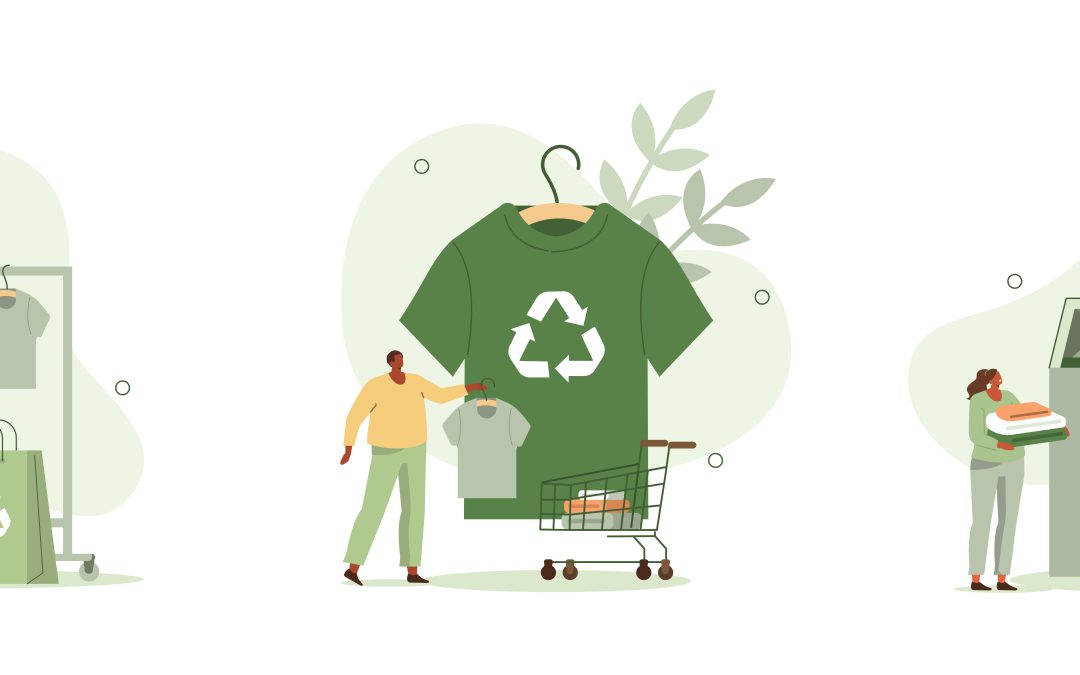By Lakshmi Surya
Assistant Professor, Fashion Design
Pearl Academy
Believe it or not, the textile and fashion industry is the second most polluting industry in the world, responsible for between 8 to 10% of total carbon emissions and 20% of global wastewater, with a predicted increase of 50% in greenhouse gas emissions by 2030. This report published in the book by Stelios Andreadakis and Prince Owusu-Wiredu is not only alarming but scary at the same time.
Environmental risks and social inequality are making the world more complicated and unpredictable. Today, fashion brands produce almost twice the amount of clothing that they did in 2000, most of it made in China and other developing countries such as India, Bangladesh, Turkey, and Vietnam.
The fashion industry consumes anywhere from 20 trillion to 200 trillion litres every year. Adding to the waste is microplastics. Plastic fibres are released when fashion industry washes polyester and other polymer-based textiles and make up between 20% and 35% of the microplastics choking the oceans. Added to this are specific chemicals, such as those used to make fabrics stain resistant and the pesticides required to protect crops such as cotton.
Current Fashion Problems
Fashion and textiles are integral to our culture and to our economies, indeed, Schneider and Weiner in the book Cloth and the Human Experience asserts that, ‘Throughout history, cloth has furthered the organization of social and political life’ (Weiner and Schneider, 1989).
One of fashion's biggest problems is the lack of clarity and communication with its supply chains, as this makes it difficult for shoppers to fully understand what they are purchasing. Consumption of resources in an ethical manner has become very important for consumers as well as corporate companies.
It’s no surprise to see that people are willing to give older garments a second life. And there are plenty of reasons why now more than ever people are making the switch. People are trying to make eco-friendly decisions, so they’re turning to charity shops and second-hand sellers to cut down their own impact on the planet and reduce carbon footprints. Instead of constantly creating more and more new things, we need to be making the most of what we already have, right down to the bare bones of it. Several well-known fashion brands have now launched "eco" collections that use organic and recycled materials, including H&M Conscious, Adidas x Parley and Zara Join Life.
Moving closer towards circularity
Currently, the fashion industry runs mostly on a linear business model, which means it uses resources from the planet to produce its clothes and other products. This is harmful to the planet as once the item is discarded, it then ends up in a landfill or burned, rather than being reused in other ways. The UN described Responsible consumption and production as the consumption of products and services that are necessary to satisfy essential needs and ensure better quality of life, while reducing consumption of natural resources, emissions of toxic substances and wastes through all their life cycles with the aim to cause no threat for the demands of future generations (Norris et al., 2003; Welfens et al., 2010; Welford et al.) The fashion industry currently produces around 100 billion products a year and trucks full of textiles is dumped in landfill every second – it’s worryingly large which is why we need to act fast.
As opposed to our current linear model of fashion production with environmental impacts at every stage, where resources are consumed, turned into a product, and then discarded, sustainable fashion minimizes its environmental impact, and even aims to benefit the environment. The goal is a circular fashion industry where waste and pollution are eliminated, and materials are used for as long as possible, then reused for new products to avoid the need to exploit virgin resources.
Over the past few years, a rise in the number of resale apps like Depop, Vinted, and The Luxury Closet, as well as rental platforms such as Hurr, By Rotation, and Rotaro are helping consumers push the circular route in action.
Brands need to carefully consider the factors that affect shopping behaviours and design strategies accordingly. Even with customers reducing their spending, brands are presented with the opportunity to keep customers engaged through, for example, rental channels and off-price retailers. However, these strategies will require careful execution to ensure that margins and brand reputations are protected. At the same time, brands will need to update their merchandising and design approaches to reflect shifting ideas around gender lines in fashion. Mindful consumption is also another strategy that helps in achieving circularity. People’s freedom to make changes in their lifestyles and product choices is constrained by the infrastructure within which life needs to be organized, by habits and social expectations, and by the range of products made available to them.
Overall, the focus must shift from linear model to cradle to cradle model.












